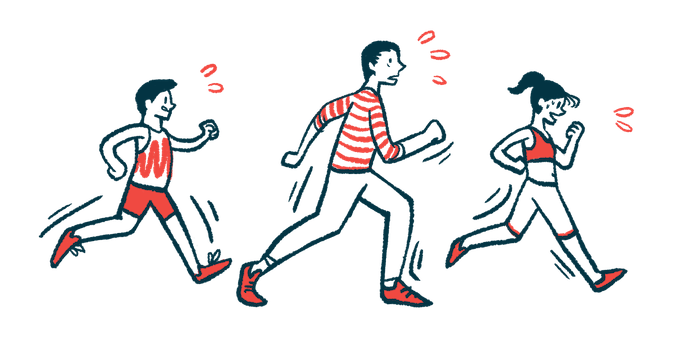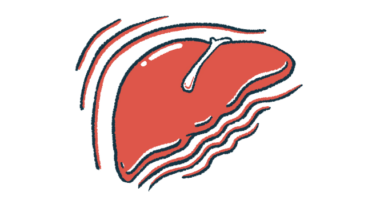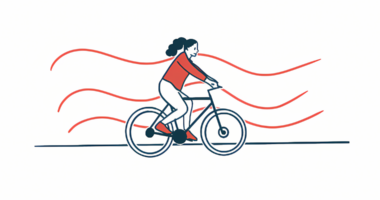Kaftrio leads to small gains in exercise capacity after year: Study
Adding physical exercise may yield greater gains, researchers say

One year of treatment with Kaftrio (elexacaftor/tezacaftor/ivacaftor), branded Trikafta in the U.S., helped people with cystic fibrosis (CF) gain exercise capacity, particularly those who saw changes in weight and lung function, according to a study out of Denmark.
While there was a significant increase in the highest amount of oxygen taken up during exercise, a sign that exercise capacity may have improved, “it seems not to be clinically relevant,” wrote researchers, who noted that engaging in physical exercise on top of Kaftrio treatment may yield greater gains.
The study, “Changes in exercise capacity in people with Cystic Fibrosis after one year of Elexacaftor/Tezacaftor/Ivacaftor treatment – A Danish prospective cohort,” was published in the Journal of Cystic Fibrosis.
In CF, thick mucus builds up in the lungs and clogs the airways, causing shortness of breath and other respiratory symptoms. Over time, this can make it difficult to engage in physical exercise. CFTR modulators such as Kaftrio can ease respiratory symptoms, but it’s unclear how much they can improve exercise capacity.
To know more, the researchers followed 229 adults and children with CF, median age of 27, for a median 433 days (just over one year). Their exercise capacity was measured before they started on Kaftrio and and one year after. At the time of the study, Kaftrio was available in Denmark for patients 12 years and older.
Exercise capacity measured using cardiopulmonary exercise test
Exercise capacity was assessed using a cardiopulmonary exercise test (CPET) that measured how much air was taken into the lungs, how much oxygen was needed, and how fast the heart was beating while cycling on an exercise bicycle. As the workload increases gradually, the body needs more oxygen, and oxygen uptake increases.
Over one year, peak oxygen uptake — the highest amount of oxygen taken up during exercise — increased significantly by a mean of 0.6 mL/kg/min. This corresponded to a 2% increase in exercise capacity, well below the 11% that represents a clinically meaningful improvement, according to the researchers.
Of the 229 patients, 127 (56%) had an increase in peak oxygen uptake after one year of treatment, whereas 102 (44%) had a decrease. Better lung function and lower body mass index (BMI), a measure of weight relative to height, were linked to higher peak oxygen uptake.
While this wasn’t measured, treatment with Kaftrio usually leads to increases in BMI driven by gains in fat mass, and “increased fat mass leads to reduced oxygen uptake, as fat mass does not contribute to oxygen uptake, unlike muscle mass,” the researchers wrote.
Changes in BMI may have limited Kaftrio’s effect on exercise capacity
Changes in BMI may have limited the effect of Kaftrio on exercise capacity, they noted. More research is needed to understand how CFTR modulators like Kaftrio affect body composition in people with CF, and how this relates to the ability to use oxygen during exercise.
Other measures of exercise capacity, such as the maximum workload achieved, increased significantly, from 174.8 to 187.8 watt. Also, the relationship between ventilatory volume and carbon dioxide output decreased significantly from 29.4 to 27.9, indicating more efficient ventilation after treatment.
Before treatment, 39 patients (17%) had poor ventilation, dropping to 16 (7%) after treatment. However, there was no significant change in the respiratory exchange ratio, a relationship between carbon dioxide output and the amount of oxygen being taken up and consumed by the body.
Kaftrio “as the only intervention and without any further instruction or incentives to perform any extra exercise” brought “a significant, but not clinically relevant, increase in oxygen uptake.” Combining Kaftrio with a fitness program could make a meaningful difference in how well patients cope with exercise, the researchers noted.








